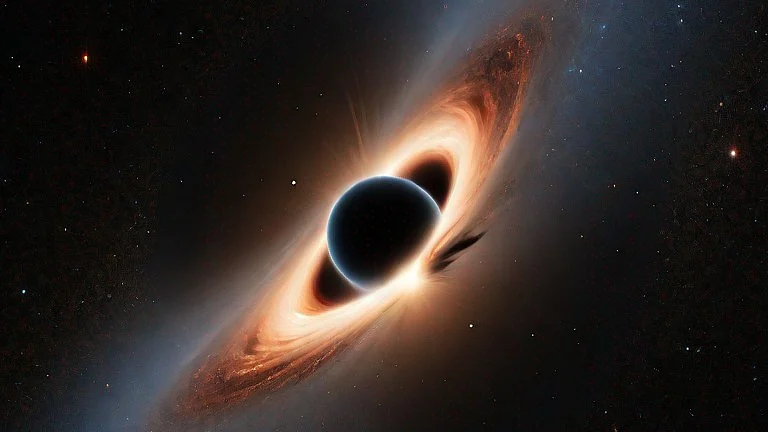Astronomy enthusiasts and scientists alike are abuzz with excitement as astronomers announce a groundbreaking discovery: the detection of the most massive stellar black hole ever observed in the Milky Way galaxy. Dubbed "Gaia BH3," this cosmic behemoth commands attention with a staggering mass nearly 33 times that of our sun, positioning it as a formidable force in the celestial tapestry of our galaxy. Situated a mere 1,926 light-years away in the Aquila constellation, Gaia BH3's proximity to Earth adds a thrilling dimension to its astronomical significance, making it the second-closest known black hole to our planet within the Milky Way.
The revelation of Gaia BH3 emerged from meticulous observations gathered by the European Space Agency's Gaia space telescope, a groundbreaking mission designed to map the intricate three-dimensional structure of our galaxy. During routine scans of the cosmos in preparation for an upcoming data release, astronomers stumbled upon a peculiar anomaly—an unusual motion suggestive of Gaia BH3's gravitational influence on a nearby stellar companion. This serendipitous discovery underscores the invaluable role of space-based observatories in unraveling the mysteries of the universe.
While supermassive black holes like Sagittarius A* reign supreme at the cores of galaxies, stellar black holes are born from the cataclysmic demise of massive stars. Gaia BH3's colossal stature marks a significant milestone in our understanding of these enigmatic entities, eclipsing the previous record held by Cygnus X-1, which boasted a mass 21 times that of the sun. This newfound titan of the cosmos offers astronomers a tantalizing glimpse into the intricate interplay of cosmic forces that govern the evolution of stars and galaxies.
Collaborating with the European Southern Observatory's Very Large Telescope, astronomers embarked on a quest to unravel the mysteries shrouding Gaia BH3's origins. Their efforts bore fruit as they confirmed the black hole's staggering mass and unearthed compelling insights into its cosmic pedigree. Of particular intrigue is the metal-poor composition of Gaia BH3's companion star, a telltale sign of its shared evolutionary history with the black hole. This revelation not only deepens our understanding of stellar evolution but also sheds light on the cosmic processes that give rise to such awe-inspiring celestial phenomena.
The trajectory of Gaia BH3's companion star offers tantalizing clues about its cosmological journey. It suggests that the star originated from a small galaxy that merged with the Milky Way over 8 billion years ago, adding a captivating narrative to the black hole's cosmic saga. This celestial odyssey serves as a poignant reminder of the dynamic and ever-evolving nature of our universe, where galaxies collide, stars are born and die, and black holes reign supreme as cosmic architects of immense gravitational power.




























